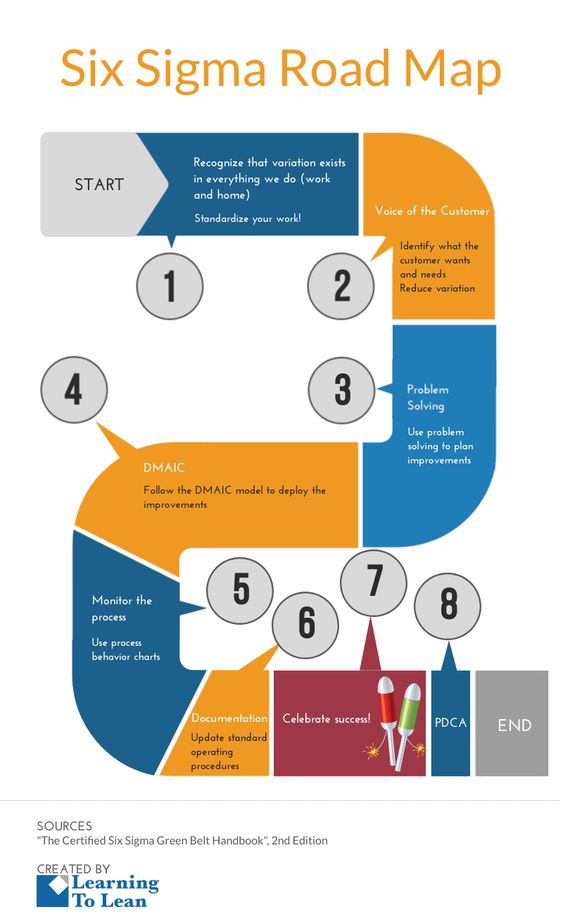Six Sigma is a business management strategy that focuses on improving customer satisfaction by reducing the number of defects in a product or service. It is a data-driven approach to problem-solving that has been adopted by many companies in order to reduce costs, improve efficiency, and increase customer satisfaction.
What is Six Sigma?
Six Sigma is a set of techniques and tools for process improvement. It was developed by Motorola in 1986 and is now used by many organizations around the world. Six Sigma focuses on reducing variation in processes and improving customer satisfaction. It is based on the idea that if you can reduce the number of defects in a process, you can improve the overall quality of the product or service.
Six Sigma Methodology
Six Sigma is based on a five-step methodology known as DMAIC (Define, Measure, Analyze, Improve, Control). This methodology is used to identify and eliminate defects in a process. The five steps are as follows:
Define: Identify the problem and set goals.
Measure: Collect data and analyze it.
Analyze: Identify the root cause of the problem.
Improve: Develop solutions to the problem.
Control: Implement the solutions and monitor the process.
Benefits of Six Sigma
The main benefit of Six Sigma is improved customer satisfaction. It can also help reduce costs by eliminating defects and improving efficiency. Other benefits include increased employee morale, improved process consistency, and better decision-making.
Six Sigma Certification
Six Sigma certification is available for those who wish to become certified Six Sigma professionals. The certification is offered by various organizations, such as the American Society for Quality (ASQ) and the International Association for Six Sigma Certification (IASSC). The certification is divided into two levels: Green Belt and Black Belt. Each level requires a different level of knowledge and experience.
Six Sigma Tools
Six Sigma uses a variety of tools to help identify and reduce defects. These tools include process mapping, statistical process control, design of experiments, and root cause analysis. Each tool is used to identify and analyze different aspects of a process.
Six Sigma and Lean
Six Sigma and Lean are two related but distinct approaches to process improvement. Six Sigma focuses on reducing defects, while Lean focuses on reducing waste. Both approaches are used together to create a more efficient and effective process.
You might find these FREE courses useful
- RStudio for Six Sigma – Control Charts
- RStudio for Six Sigma – Monte Carlo Simulation
- Six Sigma Advanced Improve and Control Phases
- RStudio for Six Sigma – Hypothesis Testing
Conclusion
Six Sigma is a powerful tool for improving customer satisfaction and reducing costs. It is based on a five-step methodology and uses a variety of tools to identify and reduce defects. It can be used in combination with Lean to create a more efficient and effective process. Those who wish to become certified Six Sigma professionals can take certification courses offered by various organizations.





